The natural world is full of extraordinary creatures, yet many have been pushed to the brink of extinction due to human activities like deforestation, pollution, and overhunting. Thanks to the tireless work of conservationists and scientific advancements, some species have been given a second chance at survival. These inspiring success stories show the resilience of wildlife and the power of global collaboration to restore balance to our planet’s ecosystems.
The World’s Fastest Bird Rebounds
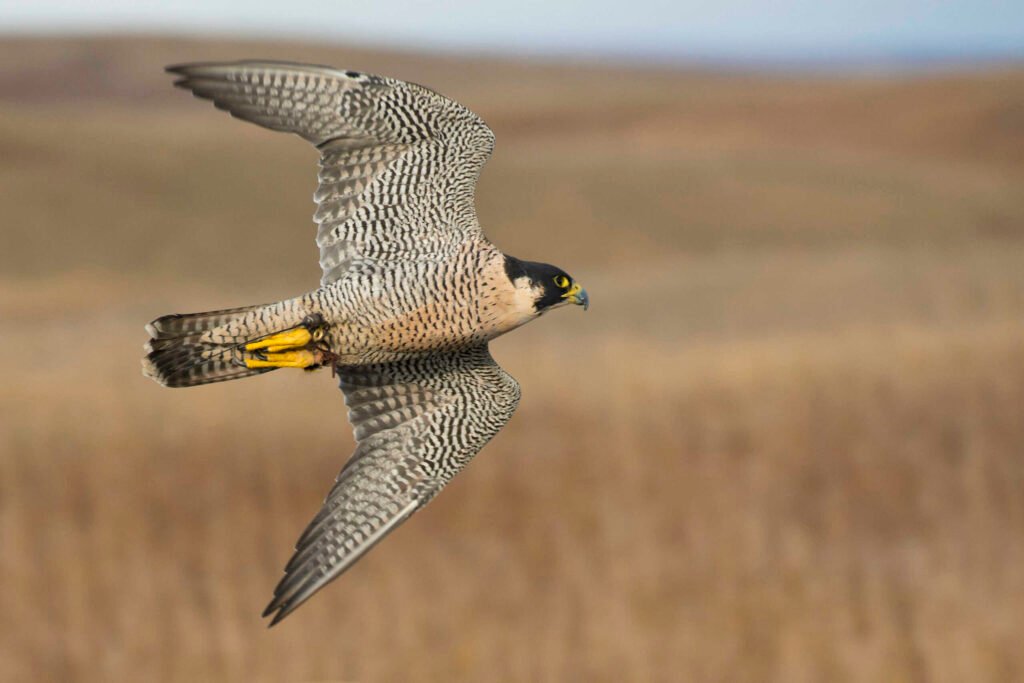
Peregrine falcons, known for their incredible diving speeds of over 320 kilometers per hour, faced severe declines due to pesticide use, particularly DDT, which contaminated their prey. By the 1970s, their numbers had plummeted worldwide. Following the ban on DDT in 1972 and the implementation of captive breeding programs, these raptors have made a remarkable recovery and are now commonly seen nesting on tall buildings in urban areas.
A Majestic Return to Europe’s Forests
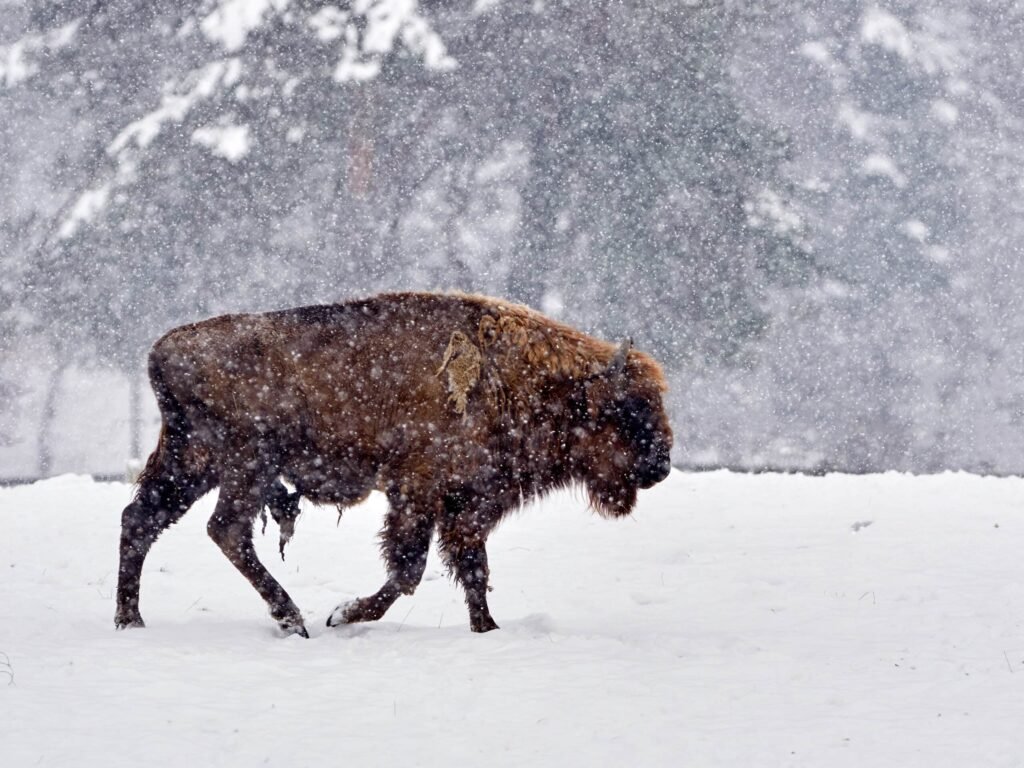
Once roaming freely across Europe, the European bison was hunted to extinction in the wild by the early 20th century. Conservationists initiated breeding programs in zoos, and by 1952, reintroduction efforts began in Poland’s Białowieża Forest. Today, over 9,000 bison thrive across Europe, a testament to successful conservation strategies.
Soaring Back from the Brink

The California condor, North America’s largest bird, saw its population dwindle to just 22 individuals by 1982 due to habitat loss and lead poisoning. A controversial yet crucial captive breeding program was initiated, and by 1991, condors were reintroduced into the wild. Their numbers have steadily increased, symbolizing hope for critically endangered species.
The Highland Tiger’s New Hope
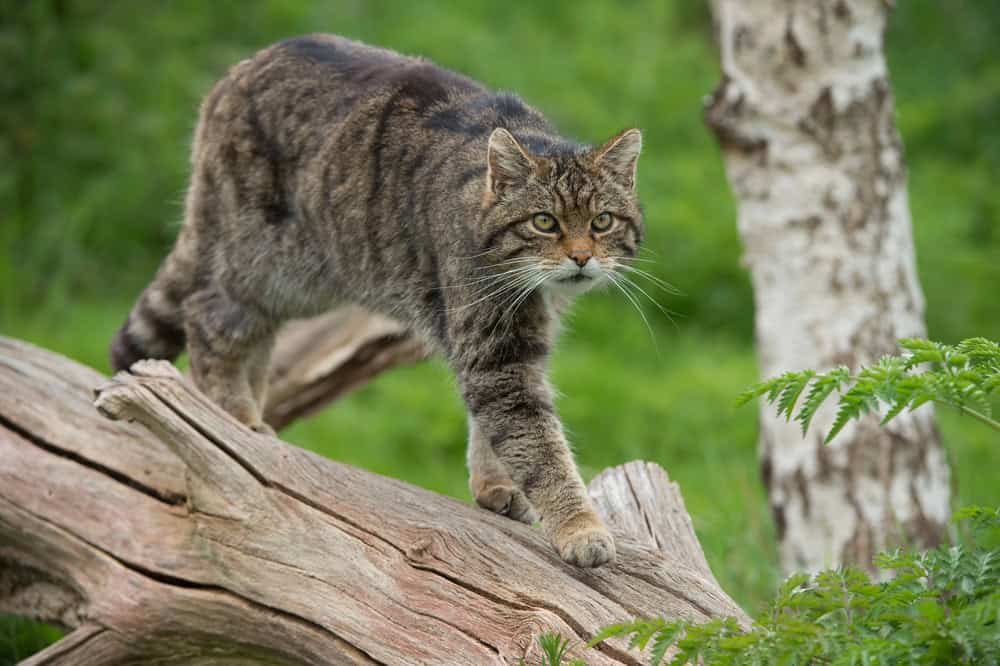
Known as the “Highland tiger,” the Scottish wildcat faced near extinction due to habitat loss and interbreeding with domestic cats. In recent years, conservationists have released captive-bred wildcats into the Cairngorms National Park. The birth of wildcat kittens in the wild marks a significant milestone in restoring this iconic species.
New Zealand’s Night Parrot Bounces Back
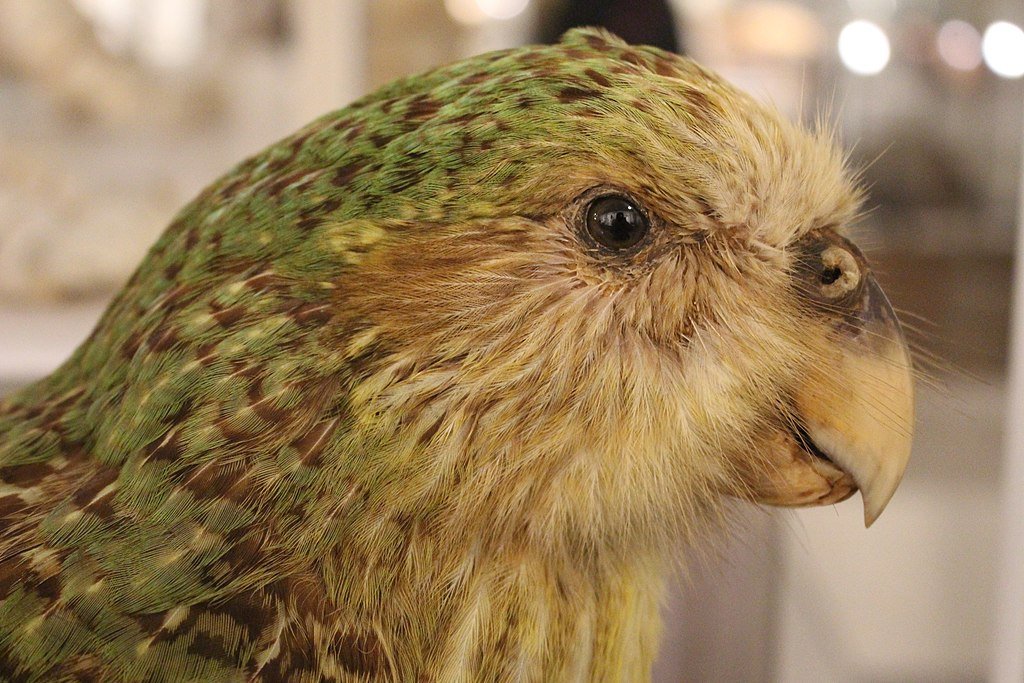
The kākāpō, a flightless nocturnal parrot native to New Zealand, was nearly wiped out by introduced predators. By the 1990s, only 51 birds remained. Through intensive conservation efforts, including relocating birds to predator-free islands and implementing supplementary feeding, the population has grown, offering a lifeline to this unique species.
White Rhine Rescue

The northern white rhino’s numbers dwindled to just two females, making natural reproduction impossible. In 2023, scientists achieved a breakthrough by successfully performing in vitro fertilization and implanting a viable embryo into a surrogate mother. This scientific advancement offers a glimmer of hope for reviving the subspecies.
From Fossil to Frogs
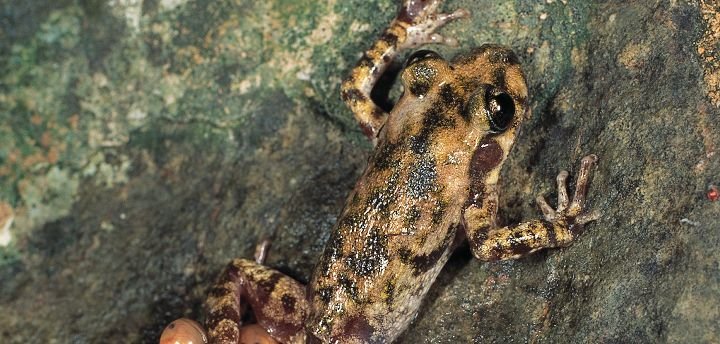
Discovered as fossils in 1977 and thought extinct, the Mallorcan midwife toad was found alive in Mallorca’s remote areas a few years later. Conservationists established captive breeding programs and reintroduced the toads into protected habitats. Their populations are now stable, showcasing a successful recovery.
Desert Antelope’s Revival

The Arabian oryx was declared extinct in the wild in the 1970s due to overhunting. Captive breeding programs in zoos worldwide facilitated their reintroduction into protected areas in the Arabian Peninsula. Today, the Arabian oryx stands as a symbol of successful conservation, with thriving populations in the wild.




